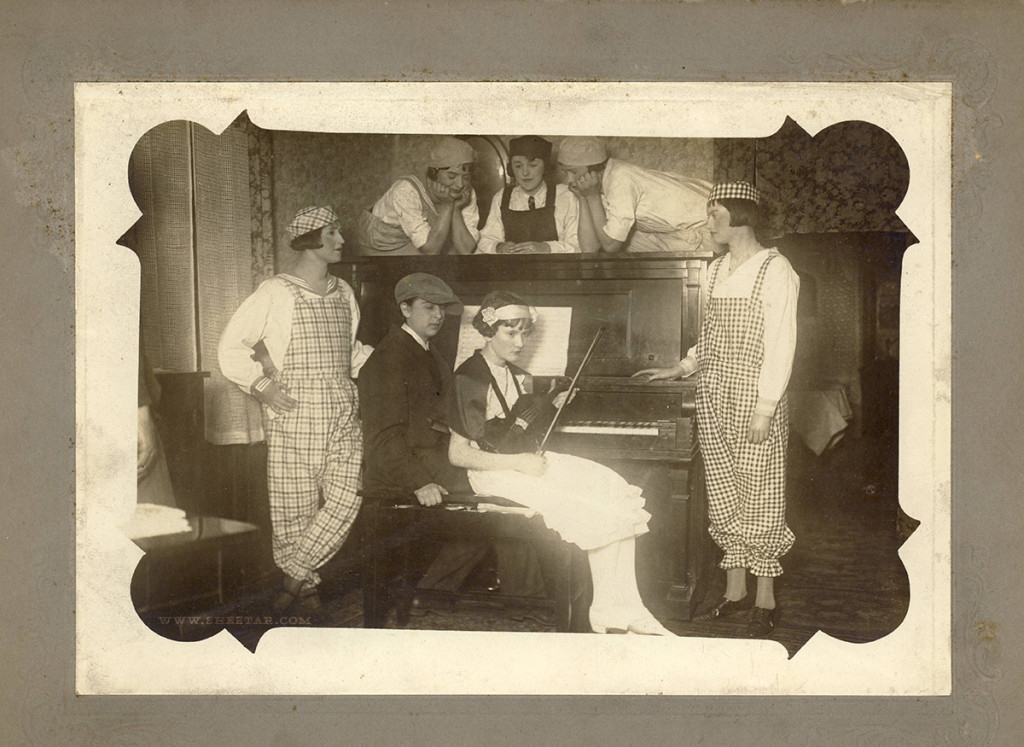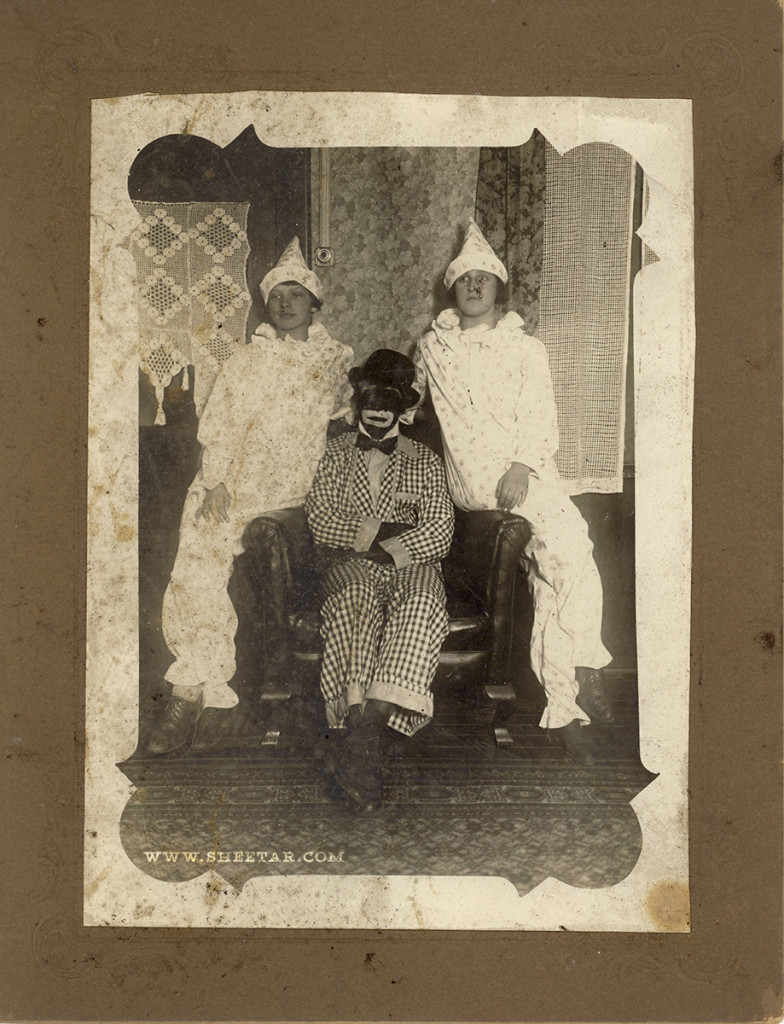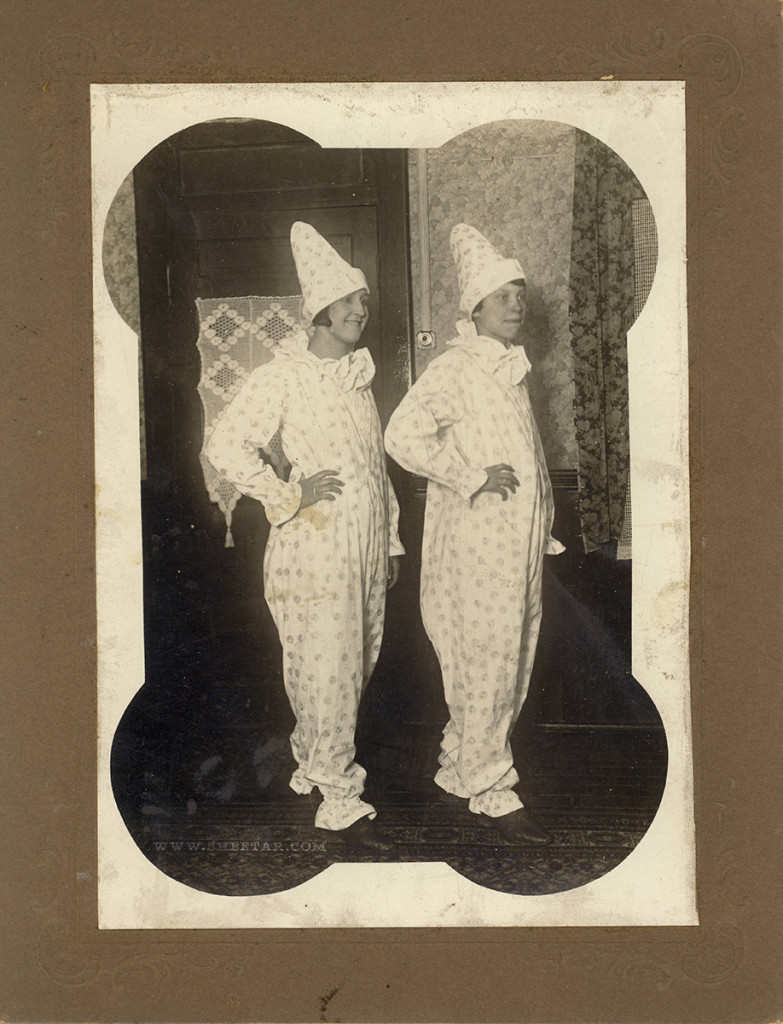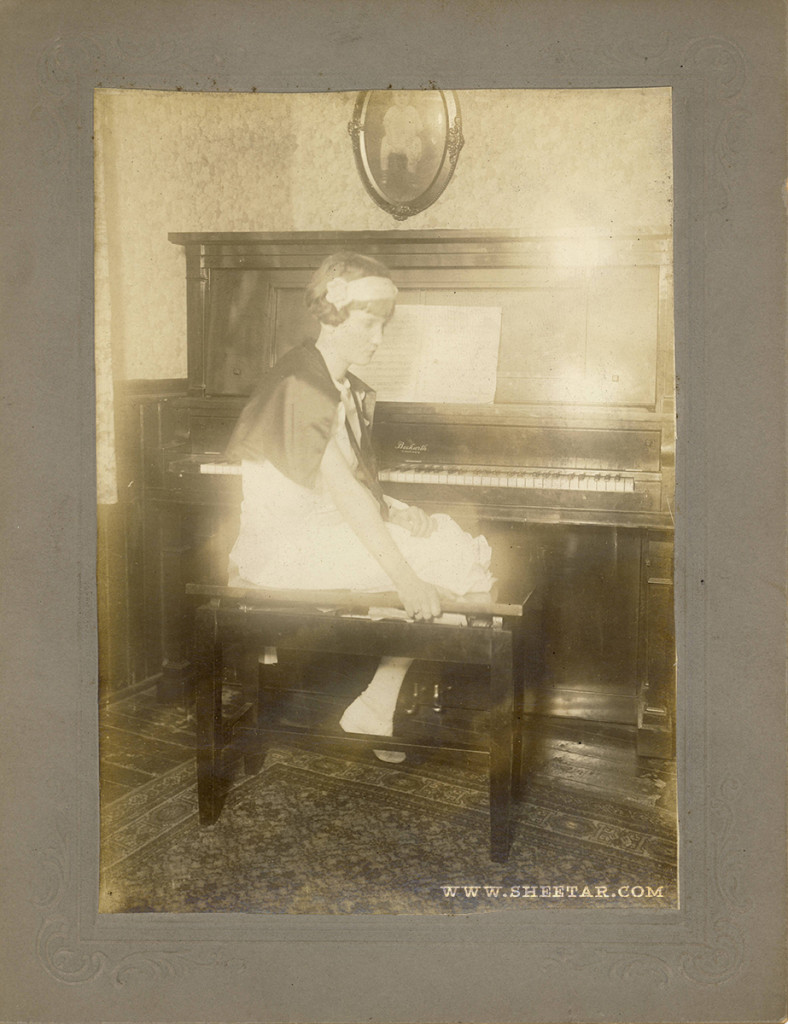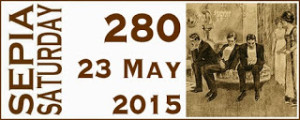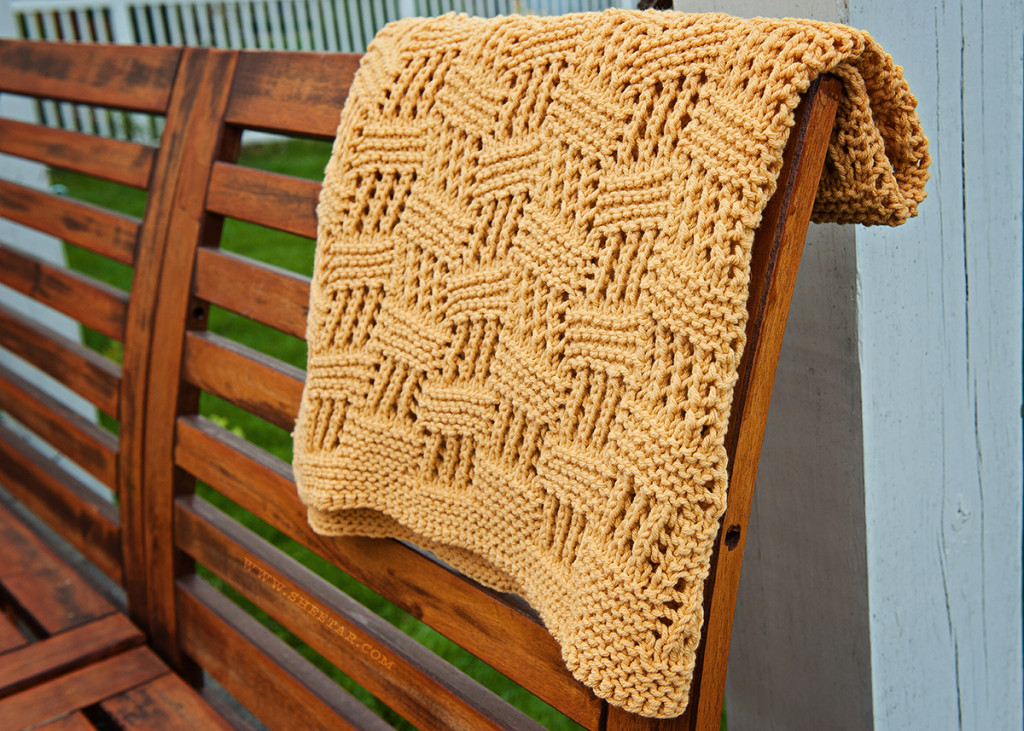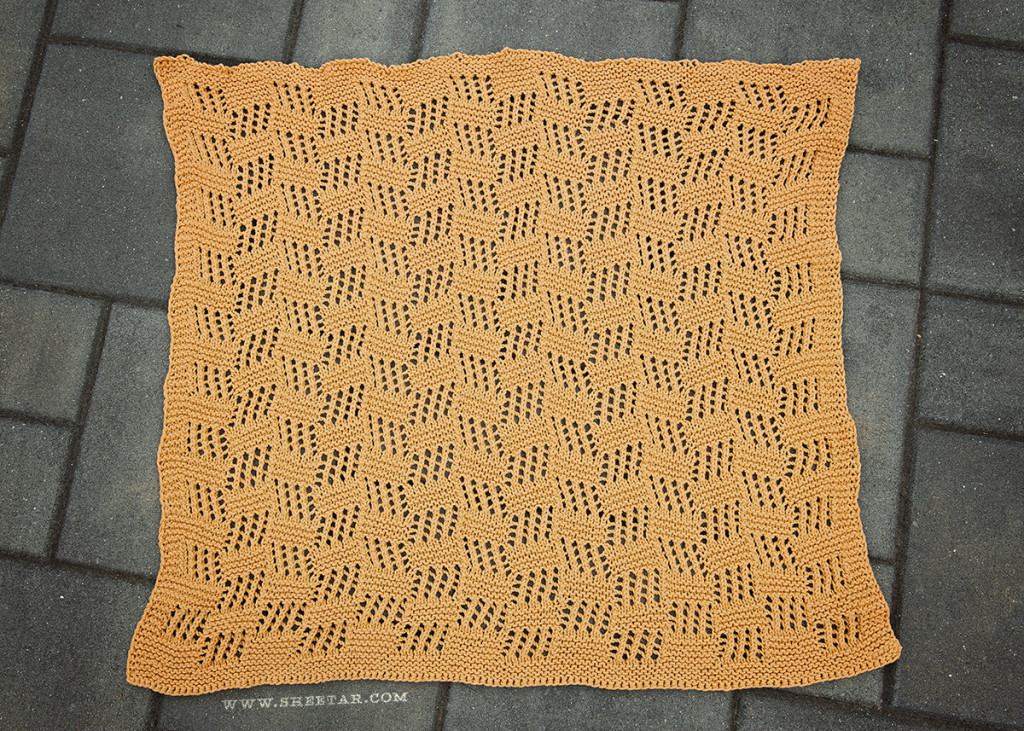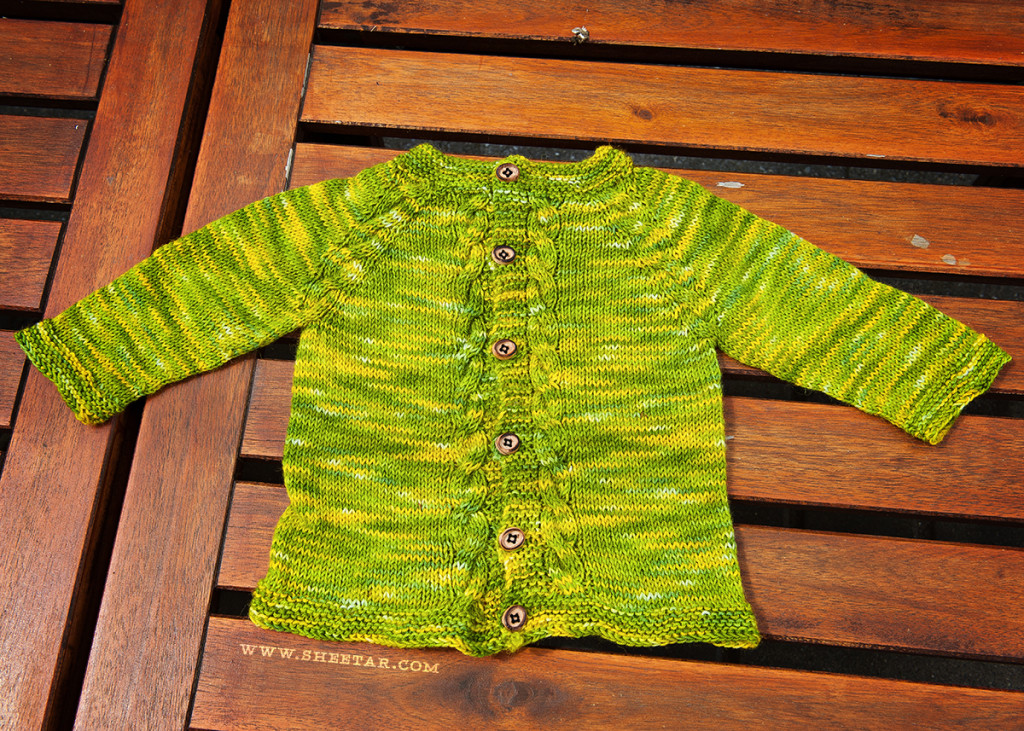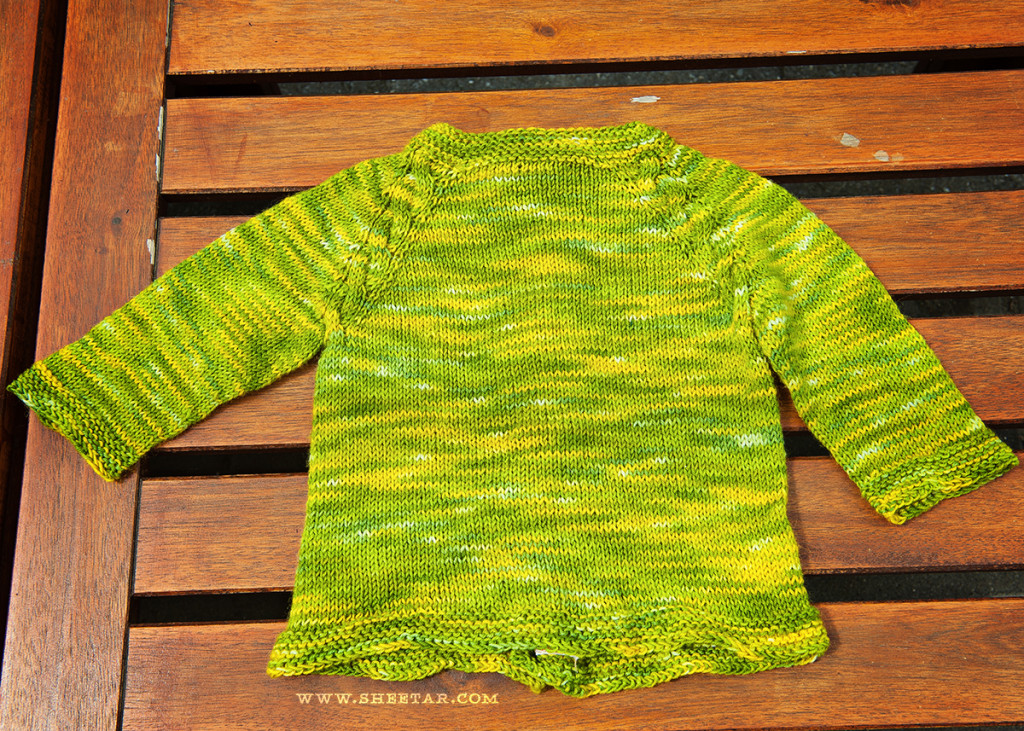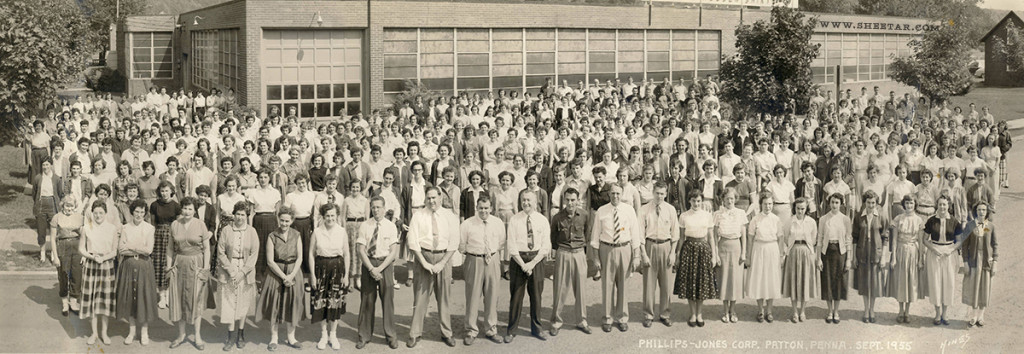

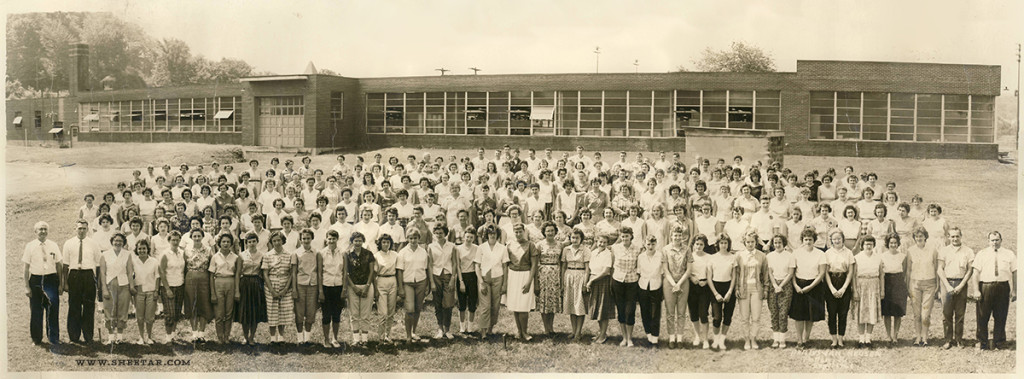
While I have plenty of photos of the coal industry for this Sepia Saturday, I thought this would be a great chance to explore a ‘cleaner’ industry through three photos of factory workers. Two of my grandmothers (biological and step) worked in various sewing factories over the years. Rolled up in paper tubes, I found these great panoramic photos of the factory staff – they were a little bit of a trouble to scan and piece together (three scans for each, then stitched up in photoshop), but the result is worth it! All three were taken in the 50s and 60s at the Phillips-Jones (Van Heusen) Corp in Patton, PA. The first one is labelled as being taken in September 1955. In that particular photo, both grandmothers are present! In fact, my biological grandma is about 6 months pregnant with my father at that point. The second photo has no date but may have been taken prior to 1955, best guess, since my step-grandma looks younger in that one. However, I had found a written work history that Romayne (Greenaway) Kitko compiled at some point in her life. She lists having worked at the Van Heusen Co of Patton, PA from 1955-1966. The last photo is dated September 1961 (very faintly, in white), at the same location. It’s interesting that they took a sort of ‘class photo’ for every year at the factory. I have to imagine that this was in part to boost employee morale by making everyone feel like they were part of a large team, and in part to show off at headquarters.
The Phillips-Jones company eventually became the Van Heusen company we know today. Here’s a good link containing more information on the history of the company. The factory employed many women during a time when women were just starting to go to work right after World War II. You can see the company was still run by the men standing up front, but women were in the workplace, in a factory even. There’s a wide age range to the women in the photos too – from young gals straight out of high school to women who look to be in their 60s and 70s. They appear to be of differing ethnicities, but I couldn’t find a single black woman in any of the groups. Whether that was purposeful discrimination or just the fact that the region was largely caucasian, I can’t be sure.
I found a great newspaper article detailing a little history of the plant. It was built in 1947 and employed 250 people. After the expansion (article dated i1954) which you can see in the third photo on the right and left of the original building, they planned to employ over 400 people, mostly women. While the article was dated 1954, the plant either underwent another expansion after that for the 1961 photo or the second photo was on or after 1954. The trees appear to be smaller, but not by much, so it has to be slightly earlier than the first photo, but the buildings appear the same. I’m not sure exactly when the factory ceased operation, but another company was in the same location by 1994, so it was well before then. You can click any of the above photos to see a larger version, but as for me, I’m working industriously towards the next Sepia Saturday.
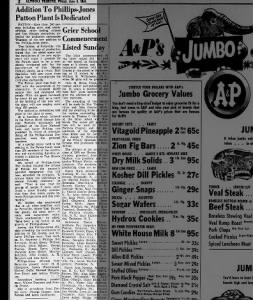
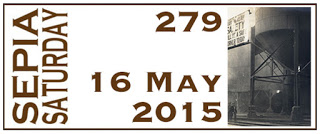
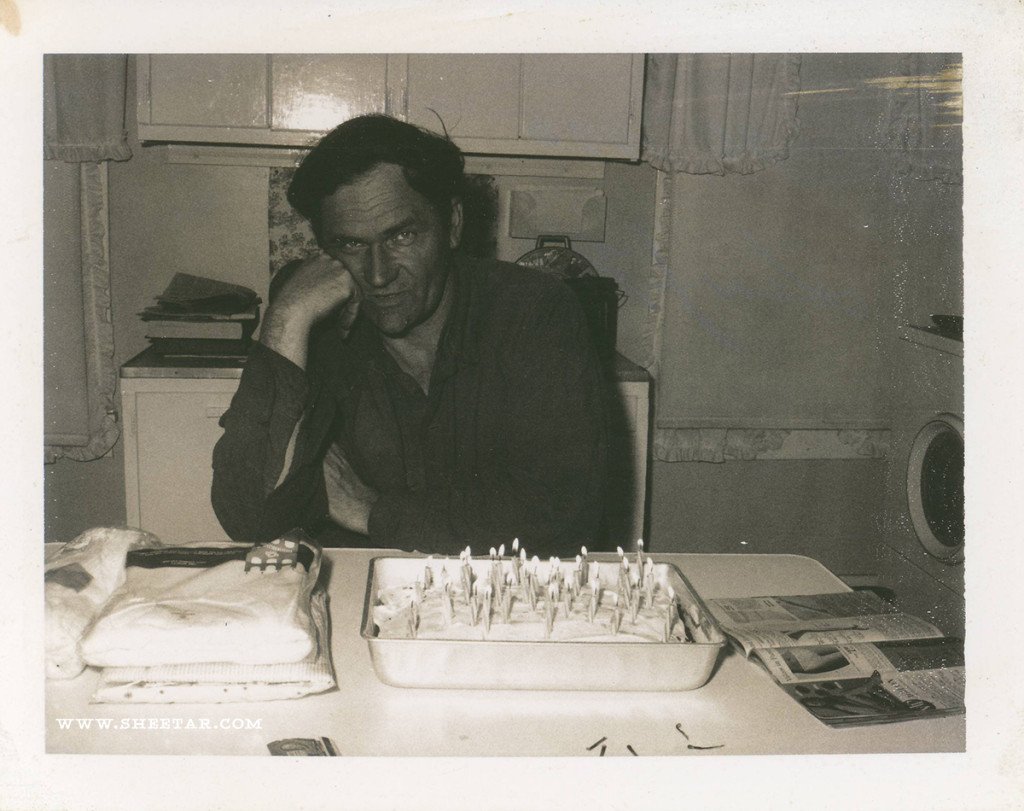
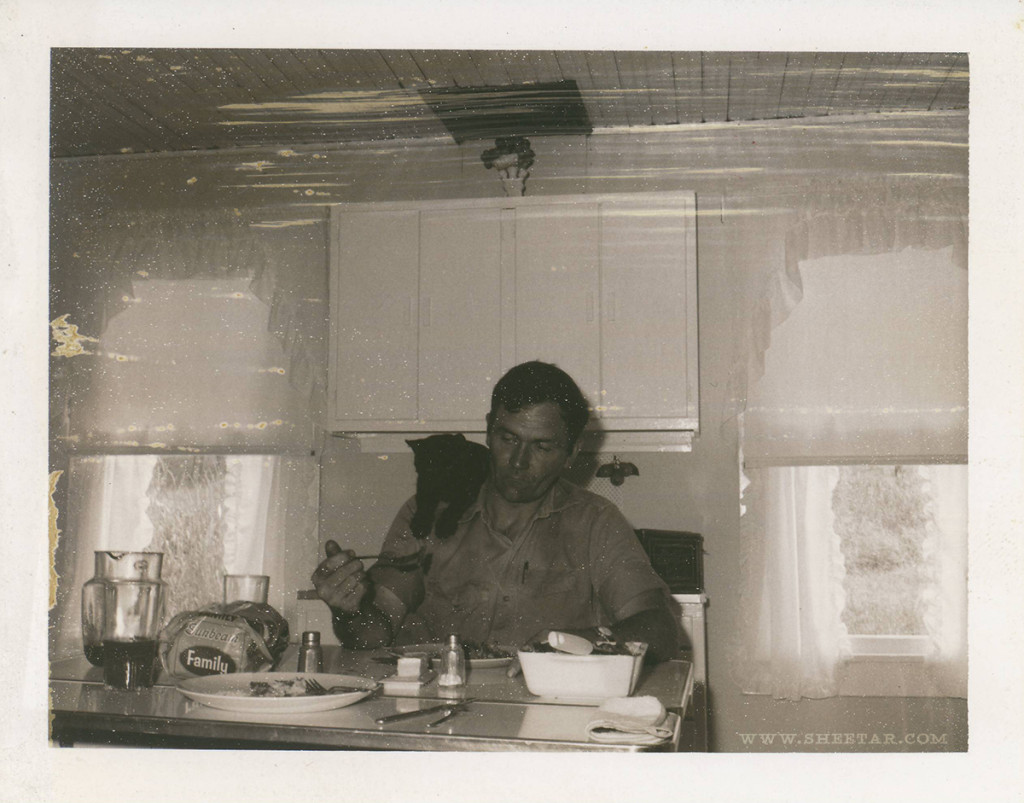 Grandma and grandpa were both animal lovers, and here we have a photo of Ed the cat perched on Leon’s shoulder while he lifts a fork to the cat. The date on the back is July 2, 1968, and there are a few photos of Ed in just the same position. I’m told this particular cat just wanted to eat at the table with you and was happy to sit on Leon’s shoulder during any meal. Pretty funny. I suppose I need to apply for bonus points this week since I have a post that is both appropriate for Sepia Saturday and Caturday.
Grandma and grandpa were both animal lovers, and here we have a photo of Ed the cat perched on Leon’s shoulder while he lifts a fork to the cat. The date on the back is July 2, 1968, and there are a few photos of Ed in just the same position. I’m told this particular cat just wanted to eat at the table with you and was happy to sit on Leon’s shoulder during any meal. Pretty funny. I suppose I need to apply for bonus points this week since I have a post that is both appropriate for Sepia Saturday and Caturday.



